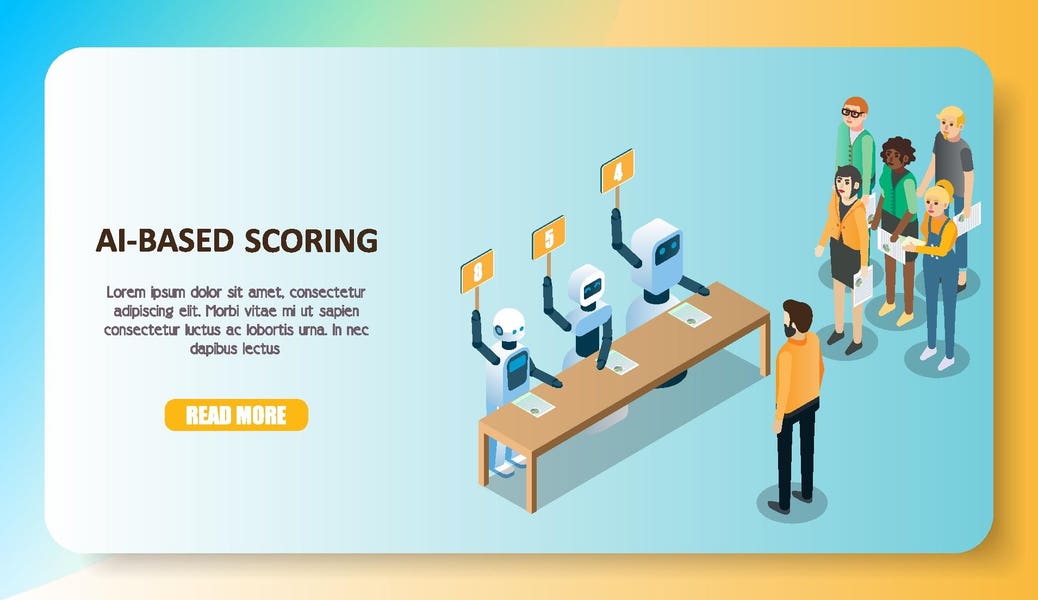Enhancing Customer Service Experience through Technology
In Provo, a negative customer service encounter can have significant repercussions for both patrons and businesses. Research conducted by the Qualtrics XM Institute, based in Provo, reveals that subpar customer service poses a substantial threat, amounting to a staggering \(3.7 trillion annually for organizations worldwide. This marks a notable \)600 billion increase from previous estimates.
The global study conducted by Qualtrics indicates that customers encounter highly unfavorable experiences with businesses 14% of the time across various sectors such as fast food, parcel delivery services, auto dealerships, and airlines. Consequently, more than half of the consumers (51%) tend to curtail or halt their expenditure with a specific company following such negative encounters. This trend is particularly pronounced in industries like fast food and parcel delivery services, where the switching cost is relatively low.
Bruce Temkin, the head of Qualtrics XM Institute, emphasized the escalating cost of delivering poor customer experiences despite the reduction in the frequency of such incidents in 2023. He highlighted the imperative for companies to exercise caution in their customer interactions to prevent customer defection to competitors, emphasizing the long-term repercussions of mistreating customers.
Harnessing Artificial Intelligence for Enhanced Customer Engagement
In light of these challenges, the focus shifts to how companies can elevate the customer experience, potentially through the utilization of artificial intelligence (AI). Research from the institute underscores the positive impact of investing in frontline employees to enhance customer satisfaction. However, frontline workers, encompassing roles like cashiers and restaurant servers, exhibit lower morale compared to other employee categories, citing inadequate support to perform their duties effectively. This dissatisfaction is reflected in the low retention rates, with only a third of frontline employees intending to stay beyond three years within a company.
To address these issues, many companies are turning to AI to alleviate the burden on frontline workers and boost operational efficiency. By automating routine tasks, AI enables employees to focus on more intricate responsibilities, particularly those involving direct customer interactions. Despite the increasing reliance on AI, consumers still value the human touch in service delivery.
While consumers are open to AI-driven solutions for basic transactions, such as interacting with chatbots for order status inquiries, they prefer human assistance for more complex matters. This sentiment underscores the significance of maintaining a human connection in customer service interactions. Bruce Temkin emphasizes the importance of a cautious approach in integrating AI into business operations, considering the prevailing consumer trust issues and employee concerns regarding job security.
In conclusion, the research suggests that AI can complement the customer service experience without undermining the essential human element, offering a balanced approach for businesses seeking to enhance customer satisfaction levels.










